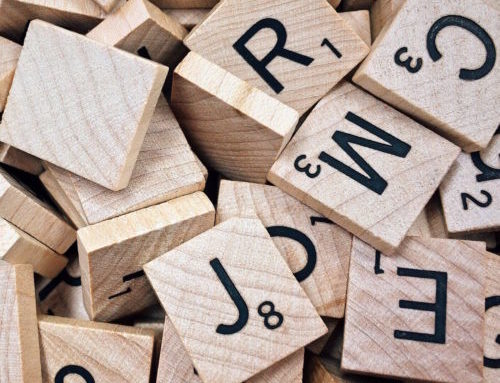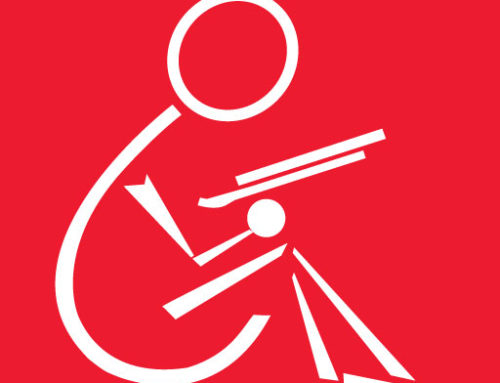 Picture this: you’re nearing the conclusion of a thrilling book, and you can feel three pages left in your fingers. But the ending comes more abruptly than you thought—the last two pages are blank!
Picture this: you’re nearing the conclusion of a thrilling book, and you can feel three pages left in your fingers. But the ending comes more abruptly than you thought—the last two pages are blank!
I used to wonder how those extra pages ended up in my books. But PSG staff members Alyssa and Don clued me in on an alternative definition of the word signature that is little-known outside of the publishing world.
I had no idea that the book pages I see are not printed individually, but in sets called signatures. Since these signatures tend to be 16, 32 or 64 pages each, a book needs to be planned out accordingly. Any unfilled pages in the last signature will still be included in the final product—which finally explains the mystery at the end of my thrillers!
Now that I know that, I understand why I sometimes see advertisements at the end of my books. And if content can’t be reworked to fill the signature, I can definitely see why the best option is to end with a blank page or two.
I feel better knowing the whole story—and that’s just one of the many industry insights I’ve gotten from PSG!
Image credit: Roke~commonswiki



